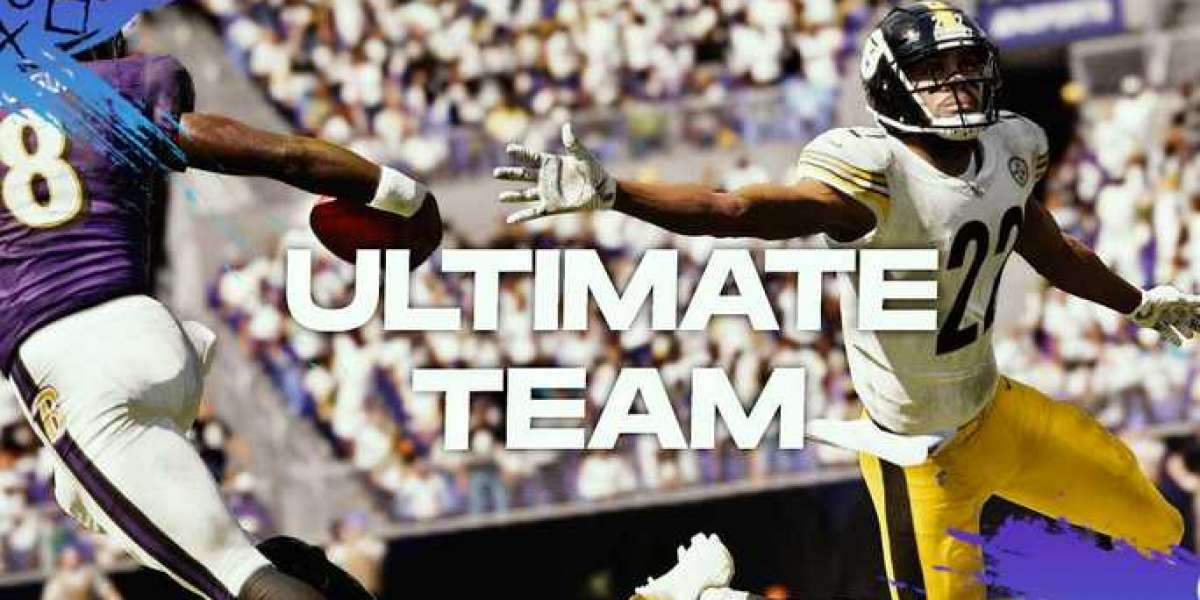Introduction:
As winter blankets the landscape with snow and plunges temperatures to sub-zero levels, it becomes crucial to protect delicate plants from the harsh conditions. Among the many plants that require special attention during this season, bamboo stands out for its elegance, versatility, and ecological significance. To ensure the survival and optimal health of your bamboo garden, it is essential to implement protective measures that shield these resilient beauties from the winter's chill. In this article, we will explore effective strategies and techniques to safeguard bamboo plants during the frosty months. how to protect bamboo in winter?
Choosing Cold-Resistant Bamboo Varieties:
Begin your winter protection journey by selecting bamboo species that are well-suited for colder climates. Certain varieties, such as Fargesia nitida (Blue Fountain Bamboo) or Phyllostachys bissetii (Bisset Bamboo), exhibit excellent cold tolerance and can withstand freezing temperatures without significant damage. Consult with local experts or nurseries to identify the most suitable bamboo species for your region.
Mulching and Insulation:
Applying a layer of mulch around the base of bamboo plants is a practical and effective method to insulate them from extreme cold. Spread a generous layer of organic mulch, such as straw or wood chips, around the root zone, ensuring a thickness of at least four to six inches. Mulch acts as a natural barrier, retaining soil moisture, moderating temperature fluctuations, and protecting the roots from freezing.
Windbreaks and Microclimates:
Creating windbreaks can shield bamboo from chilling winter winds that can cause desiccation and damage to the foliage. Utilize structures like fences, walls, or evergreen trees strategically positioned around the bamboo grove to block or redirect the wind currents. Additionally, planting bamboo near buildings or other heat-retaining structures can create a microclimate that provides some degree of warmth and protection.
Wrapping and Covering:
For particularly sensitive bamboo species or during severe winter weather, consider wrapping the plants with burlap or frost cloth. Securely wrap the bamboo culms (stems) from the base upwards, taking care not to constrict growth. This technique provides an additional layer of insulation and safeguards against freezing temperatures and excessive moisture.
Watering and Moisture Management:
While it may seem counterintuitive, watering bamboo plants adequately during winter is crucial for their survival. Cold, dry air can dehydrate plants, leading to stress and vulnerability to damage. Ensure the soil is moist but not waterlogged before the ground freezes. Watering deeply a few days before the first frost helps maintain healthy root systems and improves the plant's ability to withstand freezing temperatures.
Pruning and Removing Snow Load:
Before winter arrives, consider pruning any damaged or weak bamboo canes. This practice not only helps the overall health of the plant but also minimizes the risk of breakage due to heavy snowfall or ice accumulation. If a snowfall covers the bamboo, gently remove the snow from the branches to prevent them from bending or breaking under the weight.
Conclusion:
Winter presents a unique set of challenges for bamboo enthusiasts, but with adequate preparation and care, you can ensure the survival and vitality of these elegant plants. By choosing cold-resistant varieties, implementing insulation techniques, providing windbreaks, and practicing proper moisture management, you can protect your bamboo from the freezing temperatures and harsh conditions of winter. With these essential measures in place, your bamboo garden will thrive and continue to grace your landscape with its timeless beauty, even during the coldest months of the year.








